Since Hurricane Season started June 1, 2018, RRSA Vero Beach decided today is a good time to share with our blog readers the Florida statutes concerning wind and your roof. It is a given that homeowners in South Florida WILL experience high winds this season, even if we are not actually hit by a hurricane. That is just the nature of where we live.
In August 2007, due to previous years of active hurricanes in Florida that caused significant wind damage, the Florida Building Commission adopted substantial amendments to roofing regulations of the Florida Building Code. These amendments include:
-
- Any re-roofs on single-family homes that were built prior to the amended law requires a secondary water barrier.
- The existing roof decking must be re-nailed per specified spacing if it does not already comply with the Florida Building Code.
- In wind-born debris locations, the intersection of the roof framing and wall must be strengthened so it is the same as the uplift capacities.
The members of the Building Commission, aware that the retrofit could potentially cost more than the benefit, have adopted the rule that the retrofit cannot exceed 15% of the cost of the total roof replacement. Roof-to-wall connections will not be insisted upon unless both the evaluation and installation can be completed for a cost that is lower than 15 percent.
The mitigation of damage to buildings and the threat to life posed by the direct destructive effects of hurricanes in the state of Florida constitutes a valid reason for the Florida Building Code to stipulate roof-to-wall retrofits, as applicable. These windstorm loss mitigation measures are considered to be of critical importance by the Florida Building Commission because of the severe issues facing the state of Florida due to windstorm damage and its effect on insurance rates.
Be sure to check with your insurance company regarding discounts or refunds available when your home has been retrofitted.
Summary of Mitigation Requirements:
When a Roof is Replaced
1. Everywhere in the state – Roof deck attachments and fasteners must be strengthened or corrected and a secondary water barrier must be installed - regardless of house value.
2. In wind-borne debris region only –Roof to wall connections must be enhanced up to 15% additional cost of the re-roofing cost - when the house value is $300,000 or more.
When ANY Building Permit is applied for on or after July 1, 2008
1. In wind-borne debris region only - Opening protections complying with the building code must be installed – when the house value is $750,000 or more and $50,000 or more work is being done.
Windstorm Mitigation and Insurance Premium DiscountsWindstorm mitigation means making your home more resistant to being damaged by high wind speeds caused by hurricanes and tropical storms. In addition to protecting you, your family, your possessions and your home, some of the things you do may lead to reductions in insurance premiums that you pay for the hurricane/wind coverage in your homeowner’s insurance policy. Note that the discount does not apply to the portion of the premium you pay for coverage of all the other perils, such as fire and theft, which are covered under your policy.
Florida law requires all residential property insurance companies to provide hurricane insurance premium discounts for certain fixtures and construction techniques, which have been demonstrated to reduce windstorm losses, including discounts for houses that meet minimum provisions of the Florida Building Code. Houses built after 1994 in Miami-Dade or Broward Counties and houses built after 2002 in the rest of the state have many wind resistive construction features and will likely qualify for credits. The Florida Office of Insurance Regulation adopted specific percentages to be used for reducing the premium when a house meets specific standards. Insurance companies may use different percentages only if they can show by use of studies that different percentages are reasonable.
The Office of Insurance Regulation adopted the discounts in Rule 69O-170.017. The Rule also requires insurers to send a Notice of Premium Discounts for Hurricane Loss Mitigation, which contains a list of discounts with exact dollar savings, to all new and renewed policyholders. To qualify for a hurricane premium discount, consumers have to submit a completed Uniform Mitigation Verification Inspection Form. The form must be accepted by all licensed residential property insurance companies in Florida. Consumers can contract with a licensed inspector to examine their home and complete the official form.
A Hurricane Retrofit Guide is available from the Florida Division of Emergency Management. This guide is intended to help consumers decide how to protect their homes against the winds and rains of hurricanes. It is also intended to help consumers decide which protection measures are the most important and therefore which measures should be implemented first. While some mitigation retrofits or protective measures can be done by the homeowner, most require the expertise of a handyman or contractor. This guide will help consumers address the need for professional assistance. The guide provides the homeowner with ideas as well as providing people familiar with construction or in the construction business with the technical help they may need to protect your home.
This article was written with excerpts from the 2011 Florida StatutesTags
florida law roof florida law wind roof statutes wind mitigation rrsa vero beach vero beach roofersSubscribe to Roofing Restoration Services of America (RRSA)'s Blog

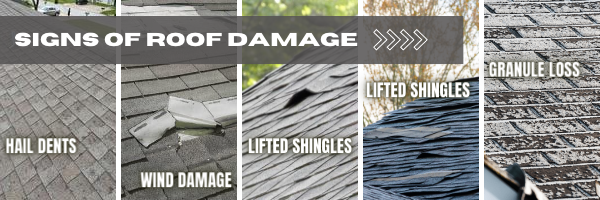
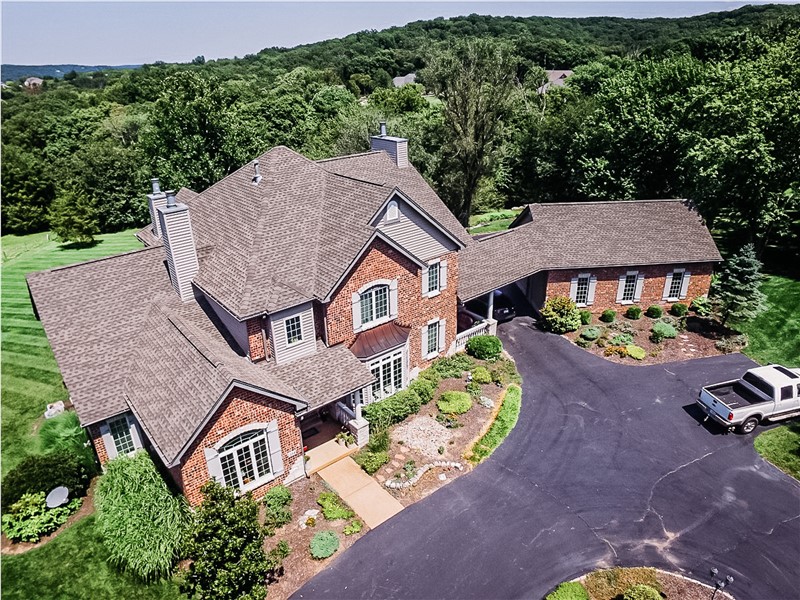
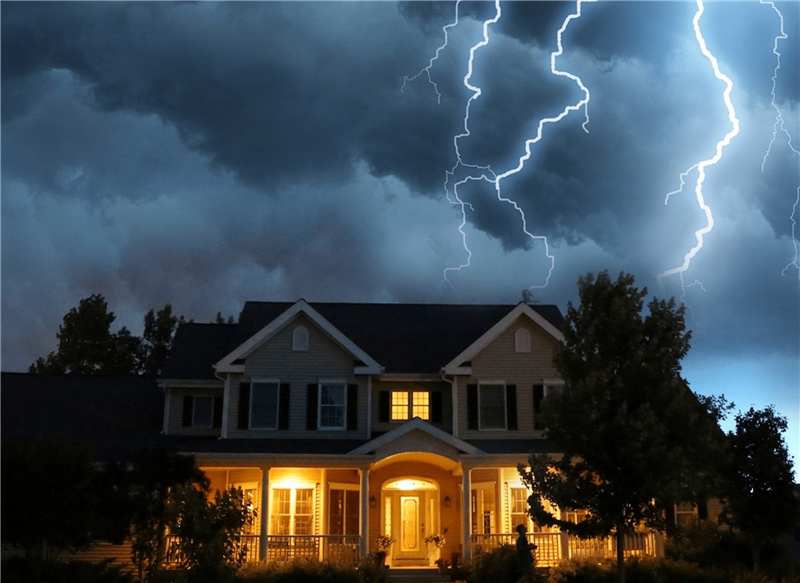


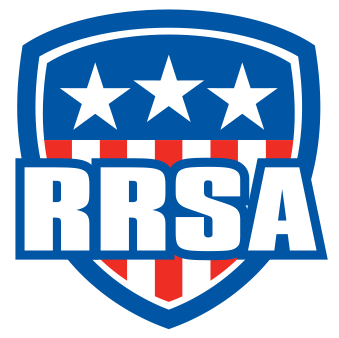
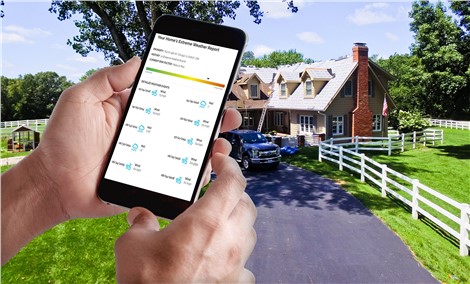
Comments